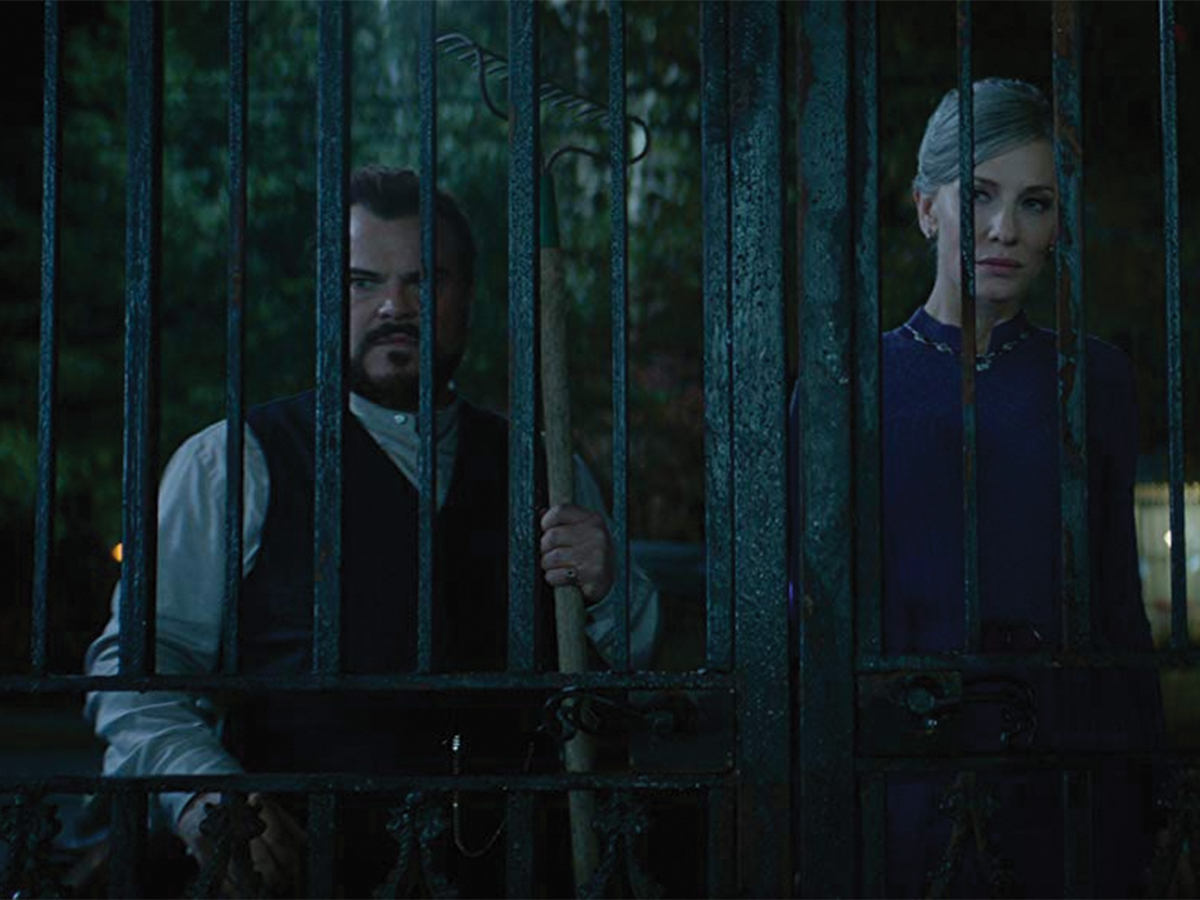
“The House with a Clock in Its Walls” follows a young orphan named Lewis, who moves in with his uncle, Johnathan (Jack Black), following the death of his parents. Shortly after arriving, Lewis discovers that his uncle is a warlock, his neighbor Ms. Zimmerman (Cate Blanchett) is a witch and that the house they live in contains a magic clock hidden in its walls (shocking, I know). Any opinion you’ve made for yourself about the film from its trailers will remain about the same after a watch; it’s plot is extremely straightforward. Whether or not that’s a bad thing depends entirely on if its plot was appealing to you in the first place.
While its storyline is compelling, and with select scenes containing elements of some extremely interesting worldbuilding, I can’t help but feel that these aspects speak more towards the quality of the 1973 novel than the merit of the actual film. And while I haven’t read the original work by John Bellairs (for all I know it could be as mediocre as the film), the main concern I have with “The House with a Clock in its Walls” is that the film reeks of untapped potential. Its main downfall is its PG rating and classification as a family film. I understand that the original story was a young adult (YA) novel, but stories of this sort tend to enjoy more leeway and freedom to explore darker themes than a PG rated movie does. Unfortunately, multiple scenes in the film introduce darker aspects that are never really taken anywhere in the interest of maintaining a family friendly character.
This is a real shame because even with a PG rating, this movie has some pretty creepy elements which end up being the most interesting parts of the entire film. There are even certain scenes that hint at leading to horror-esque plot elements, but end up feeling extremely watered down. This leads me to believe that this film is trying to be a change of pace from 90 percent of children’s movies these days. Which is a great idea; creating smarter and more compelling family films that can make a lasting impact on impressionable youth, while also not traumatizing them, i.e., any child growing up in the 70s who saw “The Exorcist” at nine, can introduce children to real life themes and ideas earlier on in life in a more friendly setting. And while I can appreciate these possible intentions, every other decision this film makes contradicts them completely, because as interesting of a premise as “The House with a Clock in its Walls” is, it’s executed in the most generic and uninteresting way possible.
Themes like grief, death and the importance of self-identity are very prevalent in this film, and are ideas that Lewis consistently grapples with throughout the story. Since our introduction to his character, the one interesting thing about Lewis is how he’s going to overcome these issues. But instead of offering any real insight or meaningful perspective on this issues, they’re more so used as plot devices than actual opportunities to send a message. Lewis’ parents die so that he can move in with his uncle, the grief of losing them is pretty much a non-factor after the first twenty minutes (although it is readdressed towards the end in a very rushed way) and his lack of self-identity is simply there to create conflict once the movie is running out of it at around the one hour point.
Now, this isn’t to say that I expect every children’s movie to be some profound statement on life or the world around us. I’m simply stating that oversimplifying real world conflict all the time not only makes for an extremely uninteresting genre, but also fails to resonate with the demographic that it’s targeting.
Verdict: “The House with a Clock in its Walls” is an extremely average film which, despite its potential, doesn’t do much else then just get by. Audiences who were initially interested in its premise may find some enjoyment, but anyone else is advised to pass.








